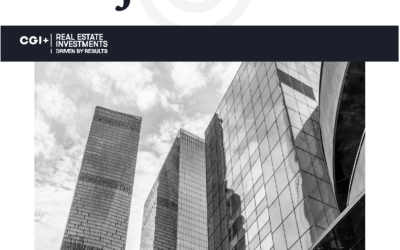 Corporate social responsibility (CSR) is not a new concept. Since at least the 1960s, corporations have considered things other than the pure bottom line when making decisions.
Corporate social responsibility (CSR) is not a new concept. Since at least the 1960s, corporations have considered things other than the pure bottom line when making decisions.
But in the past few decades, CSR has picked up steam. Over the years, phrases like “The Triple Bottom Line” (social, environmental and financial motivations) have become part of the business vernacular, as companies considered social and environmental effects in their business decisions.
But what exactly is CSR? The Harvard Business Review says there are four types of responsibility: environmental responsibility, ethical responsibility, philanthropic responsibility and economic responsibility.
Being responsible can help a company appeal to multiple constituencies, whether its employees, customers or investors.
But different things resonate with distinct groups. For example, local and community-based activities, like sponsoring a local Little League team, appeal most to customers, according to Gallup. But customers aren’t the only group that cares about CSR.
Employees, particularly millennials, also value CSR, according to the 2016 Cone Communications Millennial Employee Engagement Study. When deciding where to work, 64% of millennials considered a company’s social and environmental commitments, according to Cone. In addition, the same number, 64%, won’t take a job if a company doesn’t have strong CSR values. Eighty-eight percent found work more fulfilling when they are provided opportunities to affect social and environmental issues positively.
If CSR helps attract customers and keep employees, it makes sense that it also boosts the bottom line. In a study published in May, researchers Hyun Joong Im, Srinivasan Selvam, Roy Song found that high-performance CSR led to several positive outcomes around innovation, including relaxing financing constraints, expanding growth options and increasing innovation and innovation efficiency.

